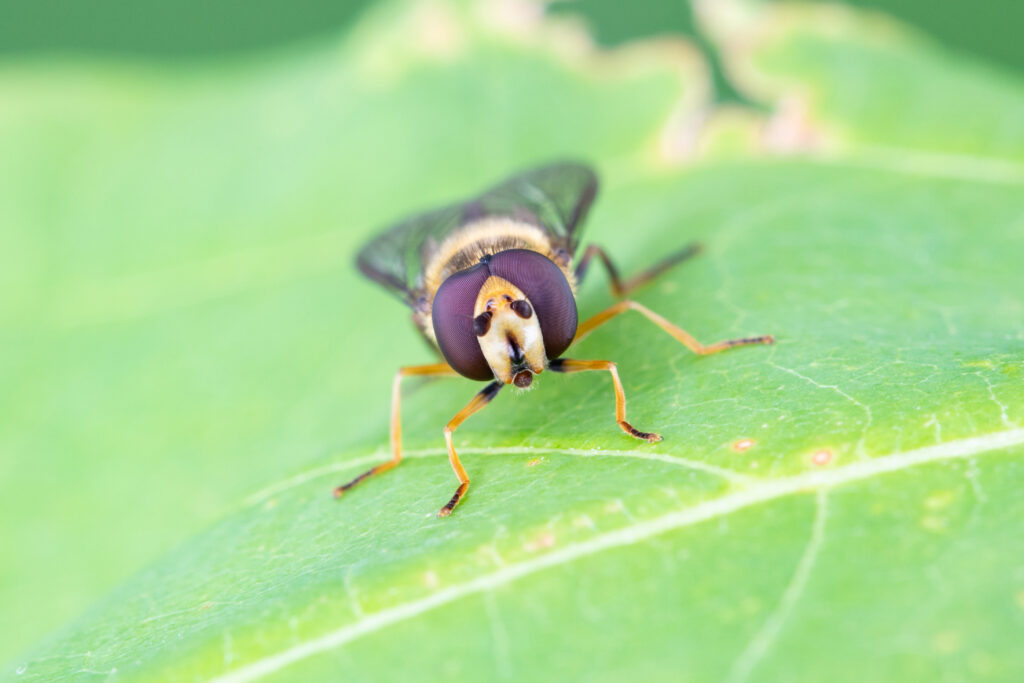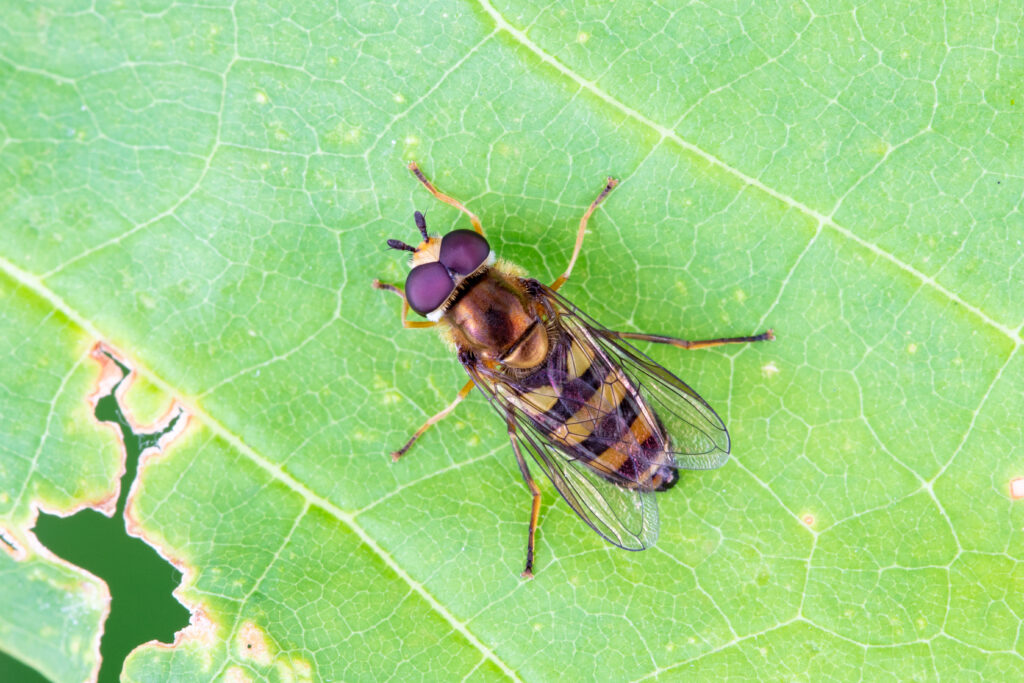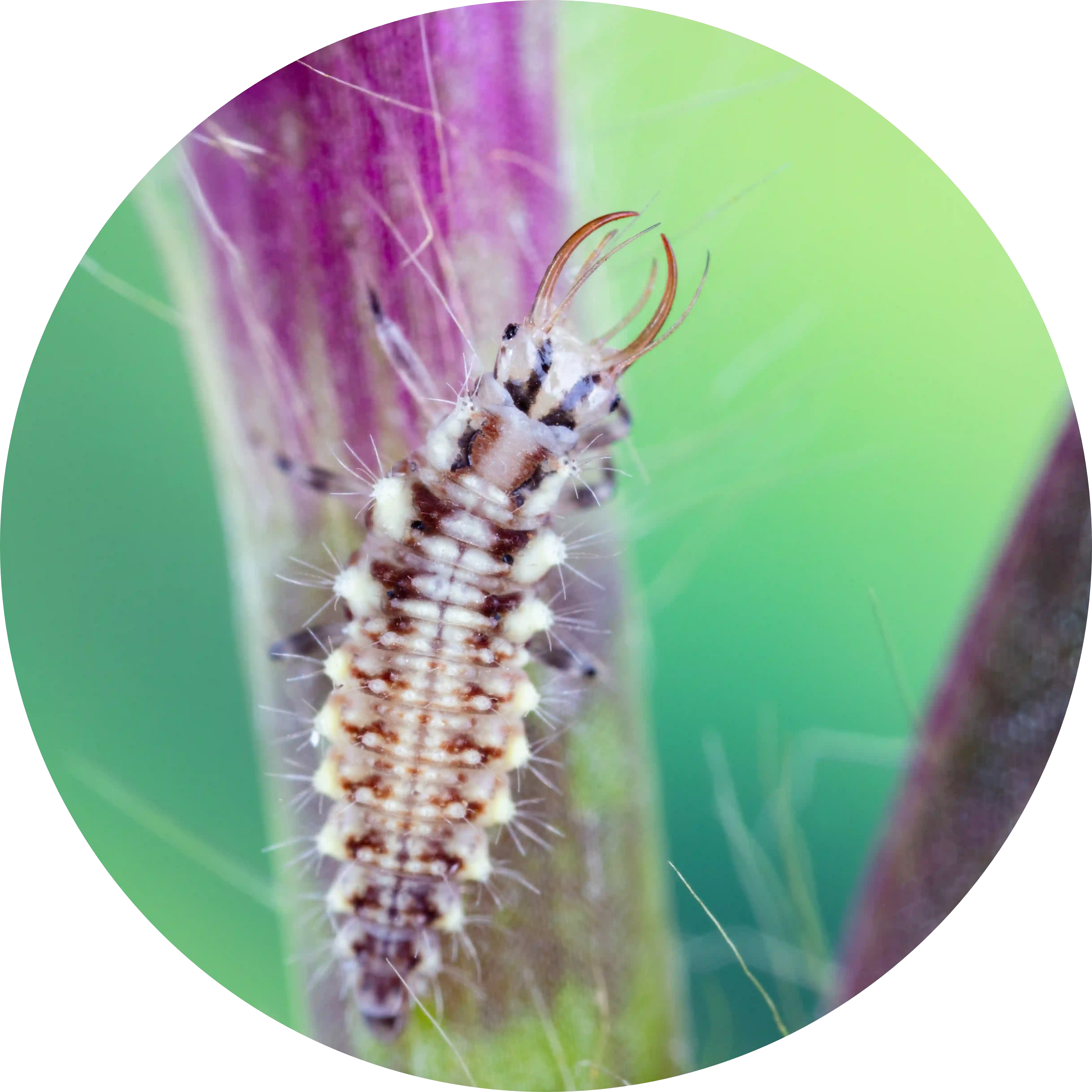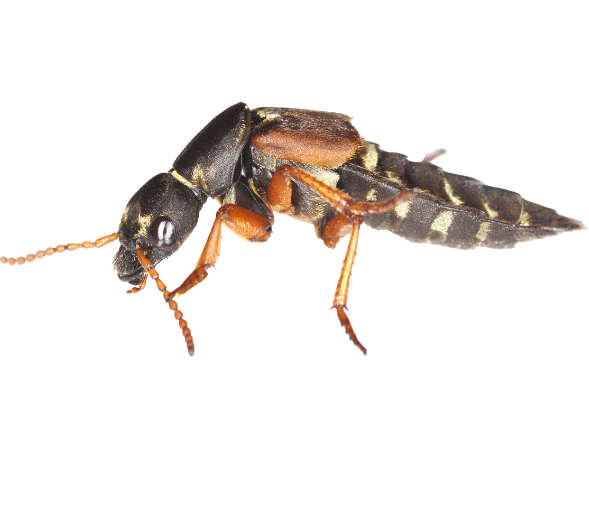



Eupeodes americanus
This product is unavailable in you country
For more information about this product, please contact us.
Application Instructions
For a successful introduction of your chosen species, be sure to provide nectar and pollen. If introducing them into an enclosed space like a cage, simply open the lid as they hatch; if releasing in blooming vegetation, place some honey-water on cotton inside the package before closing it again. Then wait another full day for even more males to emerge – providing plenty of opportunity for instantly taking part in their natural mating ritual!
Storage Instructions
Eupeodes americanus is shipped as pupae in a moisture-controlled medium. Once all the adults have emerged, sift out the puparia. Successful emergence is demonstrated by an open and hollow puparium. Despite the average insect emergence rate of 90%, up to 10% may remain unexposed.








Description
The Eupeodes americanus, also known as American hoverfly, is a fly native to North America. The adult hoverfly feeds on nectar, while the larva feeds on aphids. The larva has a voracious appetite, consuming up to 2200 aphids during its brief one-week lifecycle. Its worm-like form allows it to go unnoticed in colonies of aphids, making this predator especially effective at managing the population without triggering any defences. In fact, the larva is so skilled that it has been nicknamed the “Aphid Terminator.”
Another great feature of the hoverfly is the transparency of its wings, which allows it to fly undetected by its prey. Stealthily, it moves among the aphids without disturbing them.
It is recommended to use the American hoverfly as a preventative measure with the introduction of banker plants or at the detection of the first aphids. In the summer, the hoverfly can be used with the parasitoid wasp Aphidius colemani and with the Predatory midge, Aphidoletes aphidimyza, for increased effectiveness.